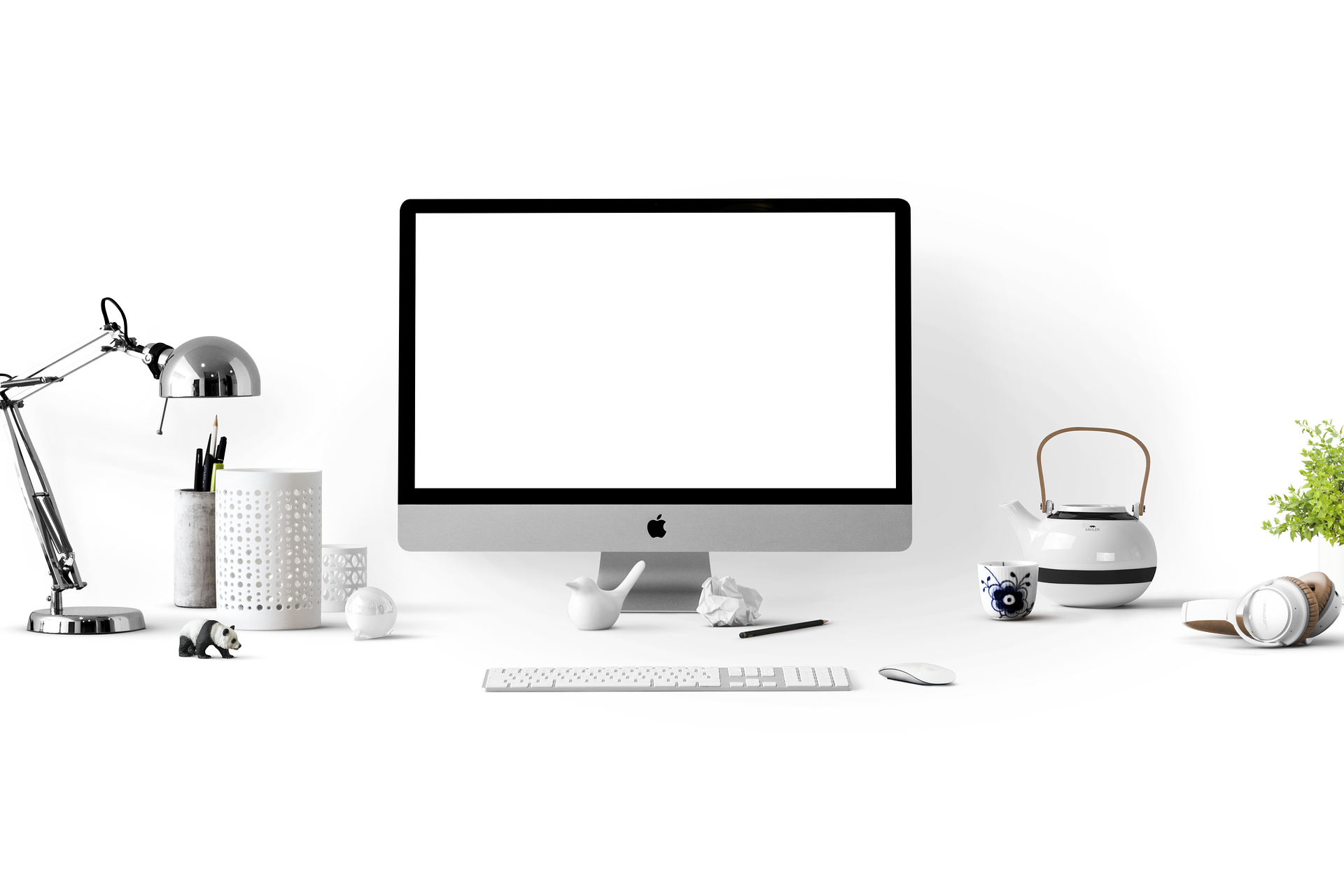"Breaking Down the Intricacies of Printed Circuit Boards: The Heart of Modern Electronics"
Printed Circuit Boards (PCBs) are the unsung heroes of modern electronics, facilitating interconnections and powering our digital lives. These intricate tech components, which have evolved over time, are now an essential part of almost every electronic device we use today. Let's peel back the silicon, dig into the traces, and explore the world of PCBs.
PCBs: A Historical Overview
The concept of the printed circuit board dates back to the early 20th century. In 1925, an Austrian inventor named Paul Eisler developed the first functional PCB as part of a radio set while working in the UK. The technology gained prominence during World War II, where it was used in proximity fuses for artillery shells. Post-war, the technology gradually became mainstream, with advancements in manufacturing making it an integral part of electronics.
PCBs Today: The Backbone of Modern Electronics
Fast forward to the present day, and PCBs have turned into the lifeblood of modern electronics. Whether it’s a smartphone, a television, or a microwave oven, these devices wouldn’t be operational without a PCB. The PCB acts as the bridge, allowing different components to communicate with each other.
Understanding the Anatomy of a PCB
A typical PCB consists mainly of layers of copper foil sandwiched between layers of a non-conductive substrate. Components such as resistors, capacitors, and integrated circuits are mounted on the board and connected via copper traces. The complexity of a PCB can vary significantly, with some boards consisting of over a dozen layers.
The Evolution of PCBs: From Through-Hole to Surface Mount
The technology behind PCBs has evolved significantly over the years. Initially, components were mounted on PCBs using through-hole technology, where leads were inserted through holes and soldered to pads on the other side. The 1980s saw the advent of surface-mount technology (SMT), which allowed components to be mounted directly onto the PCB surface. The transition to SMT resulted in smaller, lighter, and more energy-efficient devices.
The Future of PCBs: More Than Just Boards
The future of PCBs is not just about the boards themselves, but also about the components they house. With advancements in semiconductor technology, components are becoming smaller and more efficient. Moreover, the advent of flexible PCBs opens up new possibilities for wearable and bendable electronics.
Once regarded as a mere facilitator of electronic connections, the humble PCB now stands as a testament to technological evolution. Its role is not just to connect, but also to power, facilitate, and innovate. As we move forward, it’s clear that PCBs will continue to underpin our increasingly digital world, silently working behind the scenes in every electronic device we use.





